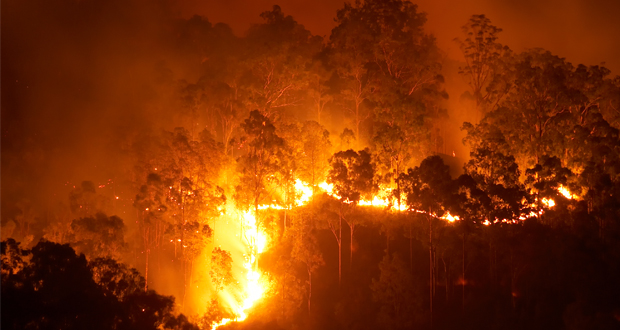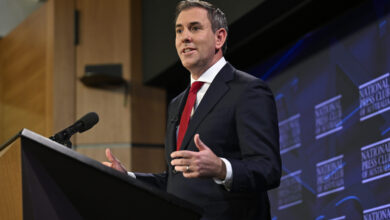CommentaryPolicy & Reform
Burning questions: Will we choose transformation and sustainability or apocalypse?

It is noteworthy how far we have come in defining and shaping a concept of engagement. Universities in Australia are helping to build the future, in partnership with others across the globe also, as part of a new economic and social order.
Please login below to view content or subscribe now.






Universities have a central role to play in understanding sustainability. Indeed, I invite Australian politicians to engage meaningfully with the question of sustainability – https://www.youtube.com/watch?v=ZjeDPcxaKY4
The impending disaster is to science itself. The IPCC puts the radiative forcing effect of doubling atmospheric CO2 at 3.7 watts per square metre, the equivalent of a rise of 0.8 C. You have to double it again to get 1.6 degrees, since the effect is logarithmic. It has nothing to do with ‘a reflecting layer’ but is caused by the colouring of the atmosphere to block a narrow band of infra-red radiation around fifteen microns. Google “Earth radiation spectrum” to see an image.
The climate has failed to obey Al Gore and temperatures continue to rise at just one degree per century, seas by one foot per century.
The catastrophe will come when, like the millennium bug, Armageddon does not materialise and there is public realisation of the deception by a failed would-be president and the Union of Concerned Scientists. From the intemperate wording, I have a suspicion that the author of this article is a member of UCUSA.
“Sustainability” is a vaguely defined buzzword that comes loaded with assumptions.
Sustainable over what time frame? Subject to what assumptions about science/technology/resources? Technologies or activities promoted as sustainable may rely on incorrect assumptions, and policy aimed at promoting “sustainable” practice may have sharply negative consequences –for example, using food crops for fuel and increasing food prices.